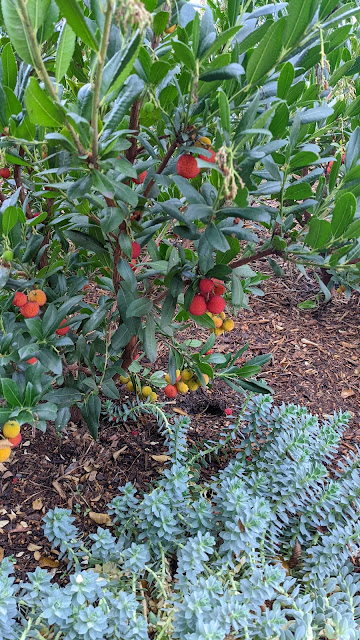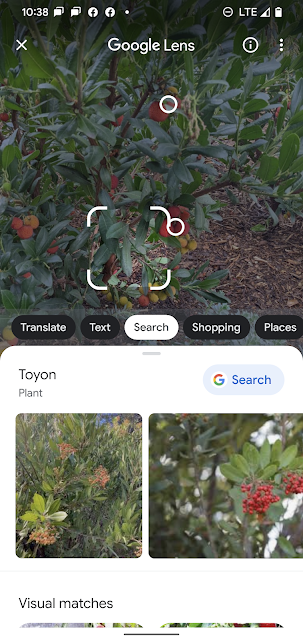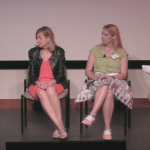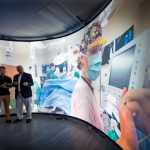Searching by image…
 |
| What plant is this? Can search-by-image help? |
… is a fundamental skill for SearchResearchers. You should know how to use regular Google Search-by-Image (see this for a refresher), and you should know how to use Google Lens (refresher), and you should know about Bing’s Search-by-Image, Tineye, and Yandex’s search-by-image tool as well. That’s five major search-by-image systems that you should just know how to use.
But the problem with all of these systems is that they do what they can with what they see, but you shouldn’t rely on them for proper identification, particularly of plants, dogs, cats, people, and the random marginalia of life.
Here’s what I mean.
This is a photo I took of a plant growing in a nice Silicon Valley bit of landscaping. I happen to know what this is (it’s an Arbutus unedo, which we’ve talked about before in SRS (post about these plants back in 2014). I’m curious to see if Google Lens will identify it correctly or not. I know this is a difficult search because this plant looks superficially like several others. Here, I’m interested in the plant with the red berries and now the low-growing plant below it.
 |
| Original Photo |
As you know, you can select the region of interest in the photo, so I first selected a random bit of leaves, branches, and a corner of one of the fruits. This turns out not to have worked well at all.
I try again with a broader region to search, and the third time is a charm. Here I’ve changed the region of interest to be the berry, a few leaves, and a couple of small branches. And this time, it gets it right. Well, kind of. It calls it a “strawberry tree” which is correct and informal. I would have preferred the answer to be more like this:
Arbutus unedo, an evergreen shrub or small tree in the family Ericaceae native to the Mediterranean region and western Europe. The plant is known for its fruit which look a great deal like a strawberry, hence the common name “strawberry tree.” However, it is not really related to strawberries at all.
SearchResearch Lesson about Search-by-image
Basically, you have to be careful and check your results. It’s tempting to do a quick search and be done with it, but if you’re trying to figure out if it’s a potentially deadly flower (or berry, or insect bite…), you’ll want to do as you always do and DOUBLE CHECK.
Note that all of the search-by-image systems (Tineye, Yandex, Bing, Google, etc.) are all sensitive to the are of interest–you will get different answers depending on which region of the image you ask about.
None of them will tell you about the degree of certainty, but will give you a ranked list, rank ordered by a mysterious relevance operation that probably has nothing to do with accuracy, but more to do with image similarity.
And it should go without saying, but NEVER TRUST a search-by-image function to identify a mushroom. To get a complete ID of a mushroom often requires examining the gills and the spores, frequently with a microscope.
Be aware of the limits of the tools you use–the skilled SRS Researcher knows the limits!
Search on! (Cautiously…)







